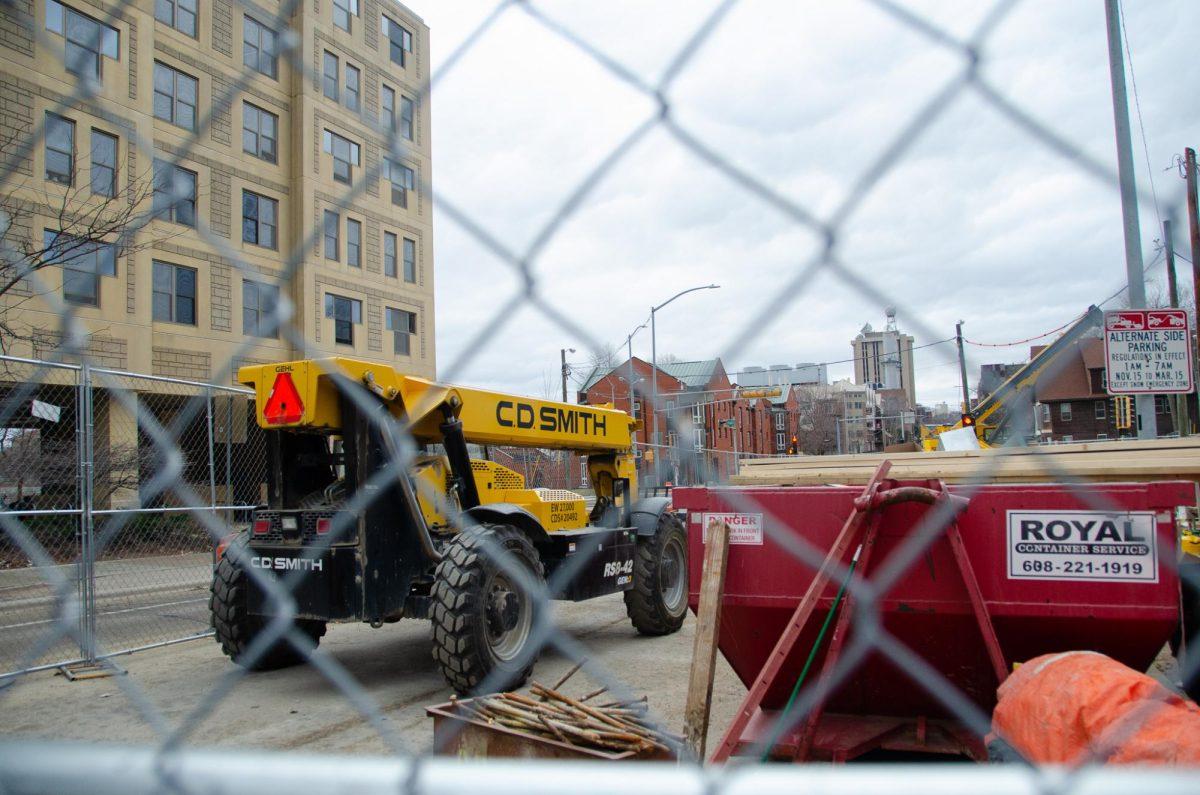The University of Wisconsin lost a member of its community to a cardiac arrest Monday. The student who died was found in Smith Hall, a UW-owned and operated building. Without knowing all the details surrounding the student’s death, it is impossible to say whether it could have been prevented if an automated external defibrillator and an individual who knew how to use it had been nearby. But it’s reasonable to think this could have made a difference, and a difference can be made in the future.
I was diagnosed with prolonged QT syndrome, also known as “sudden death syndrome,” during high school. As a student with a heart condition, I was taken aback going into my freshman year at UW when I realized the scarcity of AEDs on campus. Ultimately, I decided to go with private housing, in part because of this concern.
Even more shocking, however, was finding out UW does not train its house fellows in the use of AEDs. I understand where they are coming from – there’s a liability that can be feasibly placed on the university or the house fellow if AED operation goes awry. Still, being a house fellow comes with a certain amount of responsibility and trust from residents and their parents. Not giving house fellows the tools they would need to save a life seems ignorant.
This is not to say UW does not make AEDs accessible. I called around as a student curious on AED locations before writing this column, and I gathered from unofficial responses staff were “fairly certain that each hall should have one” or they were not certain whether each hall had one, but if they did not, the staff were sure there was one in a “nearby” facility. “Nearby” is nice when it’s cold outside and there’s a dining hall in the building next door, or when you’re trying to schlep heavy groceries home from the store – but “nearby” just doesn’t cut it when a life-and-death situation arises.
And, even if each and every dorm is home to at least one AED, it doesn’t do all that much good to have them if no one even knows where they are.
When AEDs are conveniently located, they save countless lives. Individuals who succumb to cardiac arrest with no warning signs at all can in many cases be saved – if appropriate life-saving actions are taken quickly and appropriately.
I tried to find out exactly how many AEDs were on campus, where they were located, what the university’s policy was and so forth. These questions remain unanswered, and I’ll continue to seek out responses. But the point is this: These are not trick questions, and AEDs should be commonplace enough that essential staff know where they are and how to use them. If front-desk staff do not know where an AED is located in a dorm, how can the residents be expected to know where to find one in case of emergency? If they had to go through all the call-around that I did, it would almost certainly be too late for the AED to be of any use.
I put in a call to the UW Police Department, which deserves much credit for ensuring all of its officers are trained and up-to-date with current AED practices. The university also offers optional training for its staff in AED use and CPR.
UWPD Sgt. Aaron Chapin said the department has no control over where AEDs are placed or how many are on campus. He said the department would “love to have AEDs readily accessible to as many people as possible on campus, but there are challenges with potential funding. … The equipment is expensive and there are additional expenses associated with their maintenance.”
This is true. AEDs are expensive. According to the Red Cross, they average out at about $2,300. That does not include the cost of replacing expired defibrillator pads.
I would know because my parents had to purchase one for our family. My younger brother was diagnosed with the same syndrome shortly after I was, and we struggled to purchase the first one and strongly debated purchasing a second one. My brother played baseball, and my dad always had to be at practices and at games with the AED in hand. This left me an open target if I was home and the AED was not, because the nearest AED was a several-minute drive away. We came to the conclusion price was an obstacle for our family, but one that needed to be overcome because you simply cannot put a price on a person’s life.
UW has raised tuition for six consecutive years. If UW took just a fraction of each student’s tuition from this academic year, it could make sure a price tag does not stand in the way of potentially saving its students’ lives. Ideally, an AED should be placed on every floor of every dorm building and at multiple locations throughout campus, like libraries and classrooms.
AEDs are simple to use – they give verbal instructions so a first-time user can operate the defibrillator correctly. UW offers courses, but they could be provided more frequently and advertised more widely. Most community centers offer courses as well.
This university needs to ensure safety is prioritized, that our tuition dollars are spent on first-aid equipment that can save lives and essential staff are educated in CPR and AED usage. It’s commonplace to think “It could never happen to me or someone I know,” but that fool’s tale was tragically proven wrong this week. It’s time to make a difference.
Pam Selman ([email protected]) is a junior majoring in political science and journalism.




















